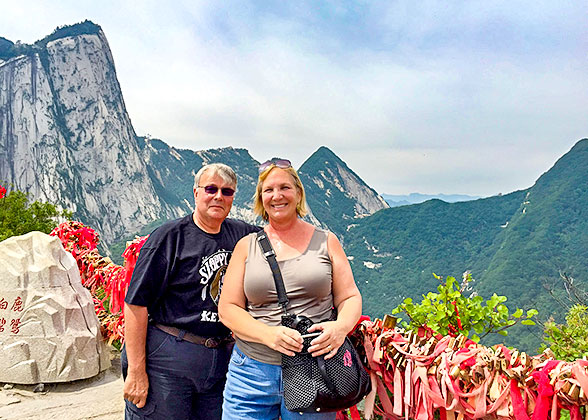
This exhibition hall is set to close temporarily for renovation from October 19, 2025 to early January 2026. In the meantime, the key items from its collection will be showcased in the No.6 and No.7 temporary exhibition halls.
Exhibition Hall No. 2 is located on the second floor of the
Shaanxi History Museum and is divided into two units, presenting cultural relics from the Han Dynasty (202 BC - 220 AD) and the Wei, Jin, Northern and Southern Dynasties (220 AD - 581 AD), respectively.
The Han Dynasty was the most powerful dynasty in Chinese history, so much so that the Chinese people are still called the “Han people” today. Its territory was extremely vast, stretching from Korea in the east to Central Asia in the west, Vietnam in the south and Mongolia in the north. Moreover, the Han Dynasty had a strong economic power and accumulated huge wealth through trade with the West via the
Silk Road. Many precious cultural relics from this period have been left behind, allowing later generations to have the opportunity to trace the charm of Han society.
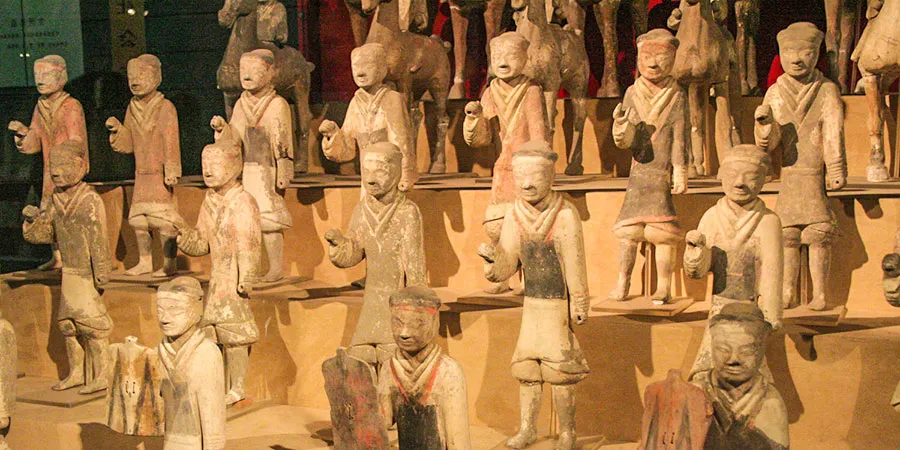 |
| Terra-Cotta Warriors and Horses of Han Dynasty |
In this unit, we can see the roof tiles used by the Han people to build houses, the layout of the Han capital Chang'an, the daily utensils and tools of the Han people, as well as the coins used for transactions. Some of them even utilized the physical and scientific knowledge of today, which is quite astonishing.
1. Tile-ends with Four Mythical Creatures
Qin bricks and Han tiles enjoyed a high reputation in Chinese history, and the use of tiles reached its peak in the Han Dynasty. The use of tiles solved the problem of rain protection on roofs, freeing ancient Chinese architecture from the crude state of “thatched roofs”. At that time, the Tile-ends with Four Mythical Creatures were extremely popular. The Mythical Creatures refer to four animals: the Blue Dragon, the White Tiger, the Scarlet Bird, and the Black Tortoise, which the Han people used to represent seasons and directions.
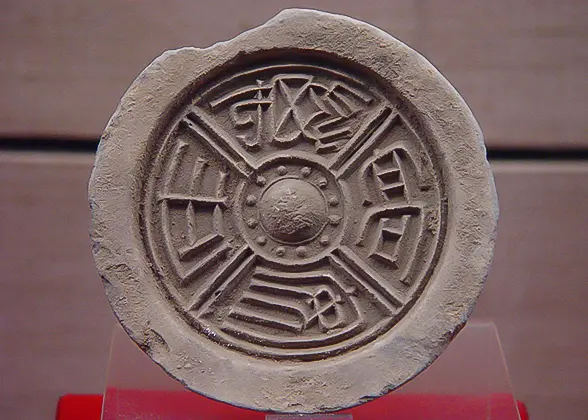 | | Tile with Chinese Characters | | 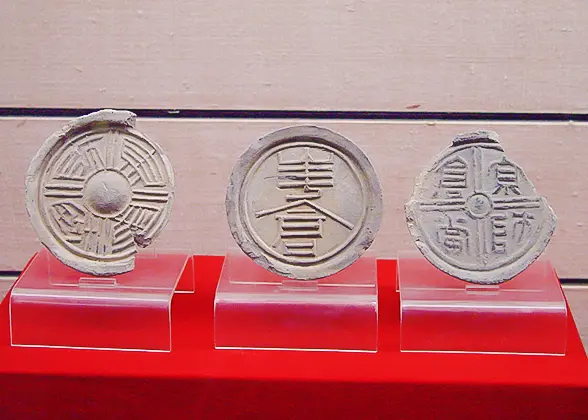 | | Tiles in Han Dynasty | |
2. Gilt and Silvered Bronze Incense Burner with a Bamboo-shaped Stand
Crafted from bronze and entirely gilded and silvered, this incense burner features a base intricately carved with two coiled dragons, their heads raised and mouths open, biting onto the bamboo handle. The handle, divided into five sections and engraved with bamboo leaves, is supported at the top by three coiled dragons holding the burner. Shaped like a mountain peak, the burner's lower part is decorated with coiled dragon patterns, while the upper part is embossed with four golden dragons, boasting smooth lines and a wonderful shape. With a total of nine dragons on the entire burner, it symbolizes the emperor in ancient Chinese culture.
3. Wild Goose and Fish Bronze Lamp
The Wild Goose and Fish Bronze Lamp is composed of four parts: the goose's head, the goose's body, the lamp plate and the lampshade. The lamp plate and the lampshade can be rotated and opened or closed. They can not only shield against the wind but also adjust the brightness and the angle of the light. The most astonishing feature is its built-in smoke extraction system: when the lamp oil is lit, the smoke is guided through the goose's neck into its body, where it dissolves in the water inside the goose's abdomen, purifying the air and preventing environmental pollution. This scientifically ingenious design reflects the intelligence, thoughtfulness, and environmental awareness of the Han people. This copper lamp, both beautiful and practical, can be regarded as a “luxury table lamp” from over two thousand years ago.
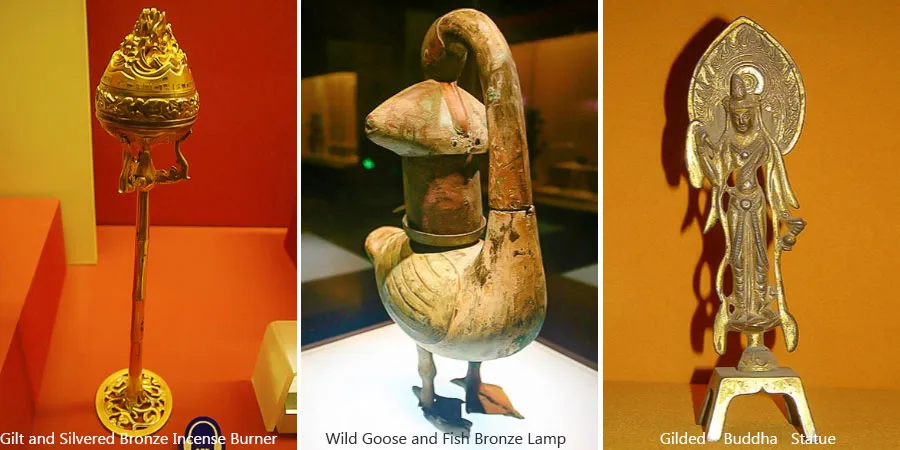
4. The Empress’ Jade Seal
Its owner was Lv Zhi, the “first female emperor” in Chinese history who held political power. On the top of the seal, there is a protruding tiger image as the knob. The four sides are engraved with cloud patterns, and the bottom is engraved with the four characters “Huang Hou Zhi Xi”. Made of Hetian jade from Xinjiang, it is warm, white, slightly transparent, and highly ornamental.
5. Gold Monster
It is called a monster because it is a combination of various animals: it has the body of a sheep, the mouth of an eagle, the horns of a deer, and the tail of a scorpion. People do not know exactly what kind of animal it is, so they call it a “monster”. Upon close observation, one can see that its two antlers are composed of 16 small birds connected at the body and facing each other with their backs, and the scorpion-like tail is also shaped like a small bird. Therefore, this small monster actually hides seventeen small birds within it, demonstrating the wisdom and exquisite craftsmanship of the Han Dynasty artisans.
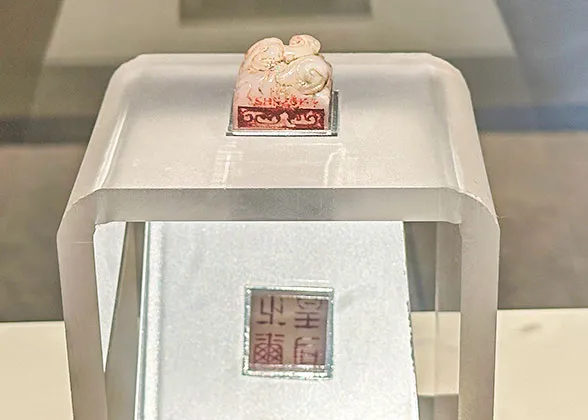 | | The Empress’ Jade Seal | | 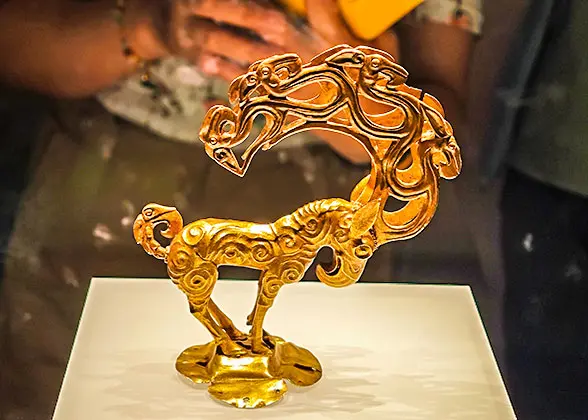 | | Gold Monster | |
 Relics of Han Dynasty Photos
Relics of Han Dynasty Photos The Wei, Jin, Northern and Southern Dynasties was a turbulent era characterized by frequent wars, rapid dynastic changes, and competition among various ethnic minorities. Most of the cultural relics on display from this period are weapons, such as crossbows and spurs, as well as military official figurines and other warfare-related items. There are also cultural relics that integrate the ethnic characteristics of different minorities. Amidst the chaos of war, people yearned for peace, and religion became their spiritual support, leading to the flourishing of Buddhism. The hall exhibits various Buddha statues, through which visitors can explore the origin of Chinese Buddhist culture and the differences between Chinese and Indian Buddhism.
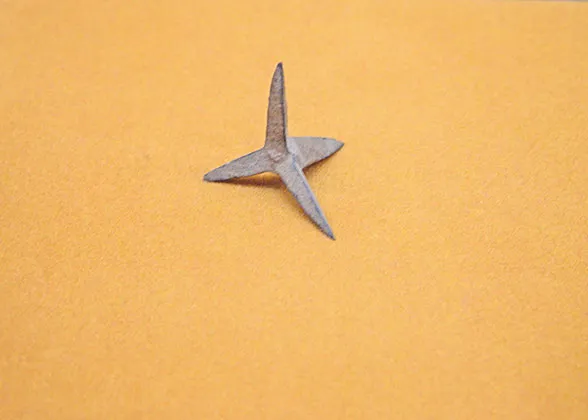 | | Spurs | | 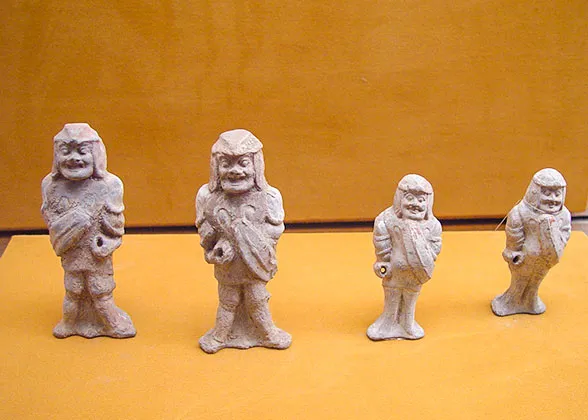 | | Warrior Figures | |
1. Multi-faceted Seal of Dugu Xin
This seal is a polyhedron composed of 26 squares and triangles of different sizes. Among them, 14 square surfaces are engraved with characters. Owned by the famous general Dugu Xin, each surface has a different inscription, making it highly convenient for him to use in his multiple official capacities.
2. Gilt Maitreya Statue
The Maitreya has a slender face and long, narrow eyes and is dressed in a kasaya. Unlike the current image of the “big-bellied Maitreya Buddha”, this is the image when Buddhism was first introduced to China, with a solemn and dignified appearance. The back of the statue's base is inscribed with the words “the third year of Shenping”, accurately recording the time of its creation.
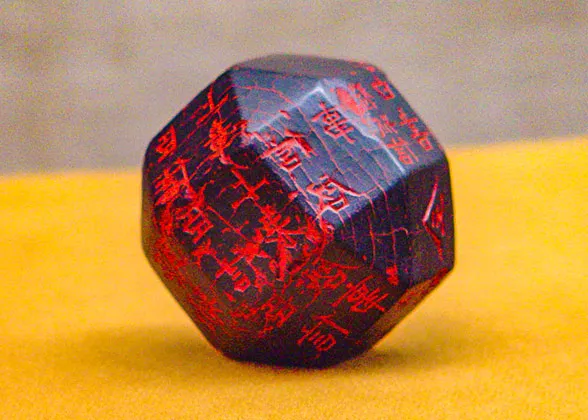 | | Multi-faceted Seal of Dugu Xin | | 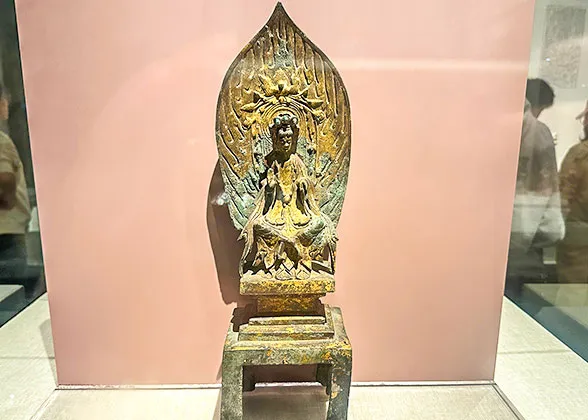 | | Gilt Maitreya Statue | |
3. Pottery Figures of Horse-riding Warrior
These warriors wear helmets, high-collared tight-fitting clothes and long trousers. Their left hands hold the reins, and their right hands are in the position of holding long-handled weapons, presenting a true picture of the battlefield combat situation over 1,400 years ago.
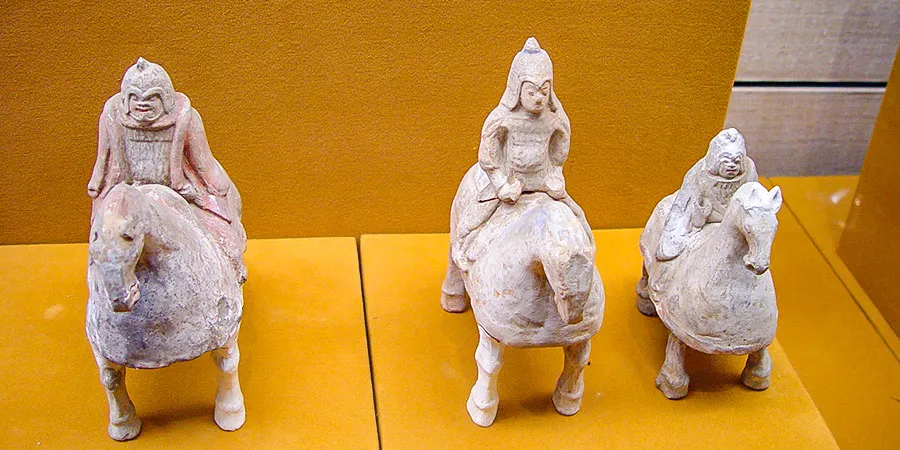 |
| Pottery Figures of Horse-riding Warrior |
 Photos of Relics of Wei, Jin, Southern and Northern Dynasties
Photos of Relics of Wei, Jin, Southern and Northern DynastiesGo to the No. 3 Exhibition Hall
- Last updated on Dec. 25, 2025 by Sherry Xia -












